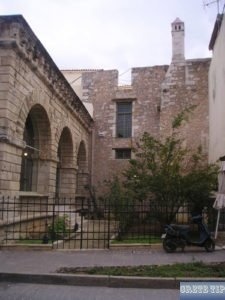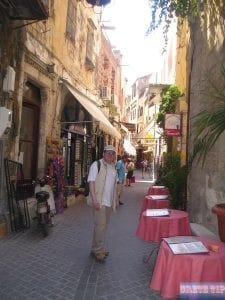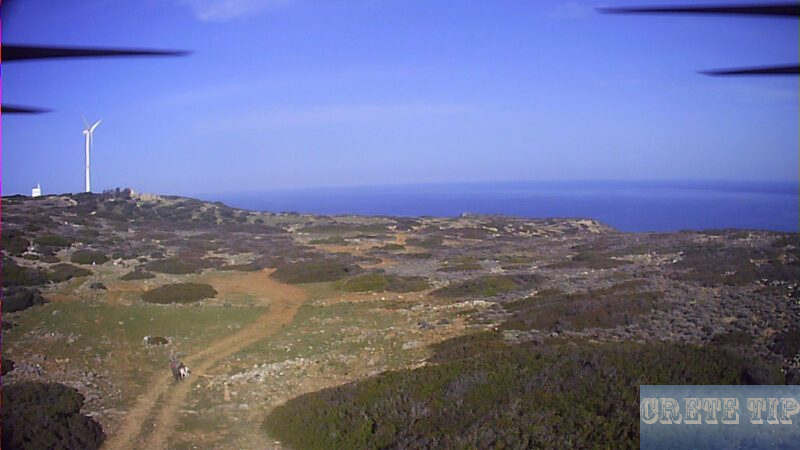Rethymno, the capital of the prefecture with the same name.
History, sightseeing of the Venetioan fortress Fortetsa, the old town and Hotels in Rethymno.
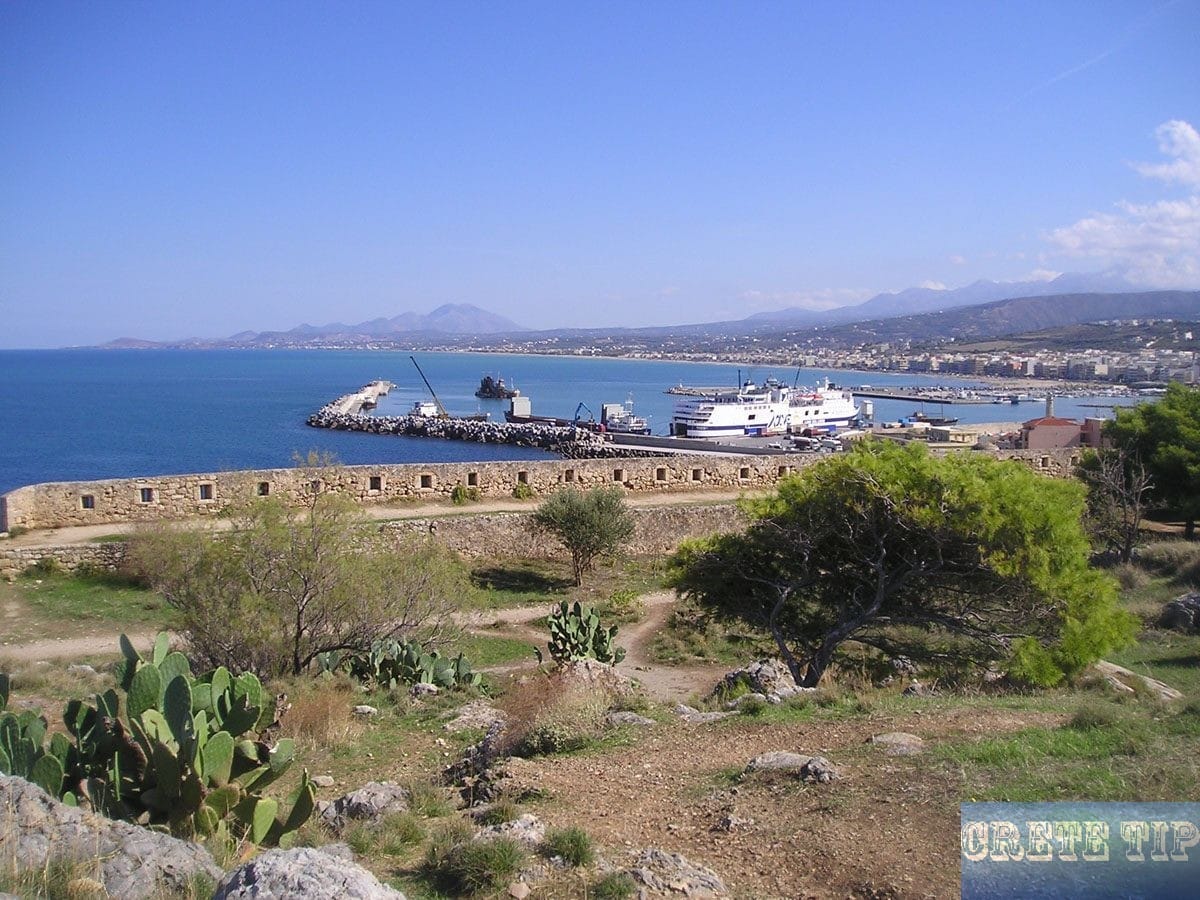
Rethymno, the capital of the prefecture with the same name
Rethymno is located on the western side of a yellow-colored sandy beach, which is over 7 miles (ca. 11 km) long and the biggest in Crete. It is a charming city on the north coast of the Greek island of Crete. It is known for its rich history, beautiful architecture and vibrant culture and offers a unique blend of old world charm and modern amenities.
The heart of Rethymno is the well-preserved old town with its narrow streets, Venetian-era buildings and a variety of stores, cafés and restaurants.
History of Rethymno
The city is constructed over the remains of historical Rethimna as was verified from the excavations which had been done in 1974 locally of Mastabas the place that the cemetery of the early city was discovered, together with discoveries from the Minoan time and coins which revealed that it had been an independent community.
Inscriptions had been in addition discovered from the 4th, 3rd and 2nd century B.C. which validate that the city existed throughout the Hellenistic time.
Throughout the Roman period, it started into downfall and overcome like a simple village within the initially Byzantine time. Rokkaia should be located upon the slope today named Fortetsa, however in the past identified as Palaiokastro.
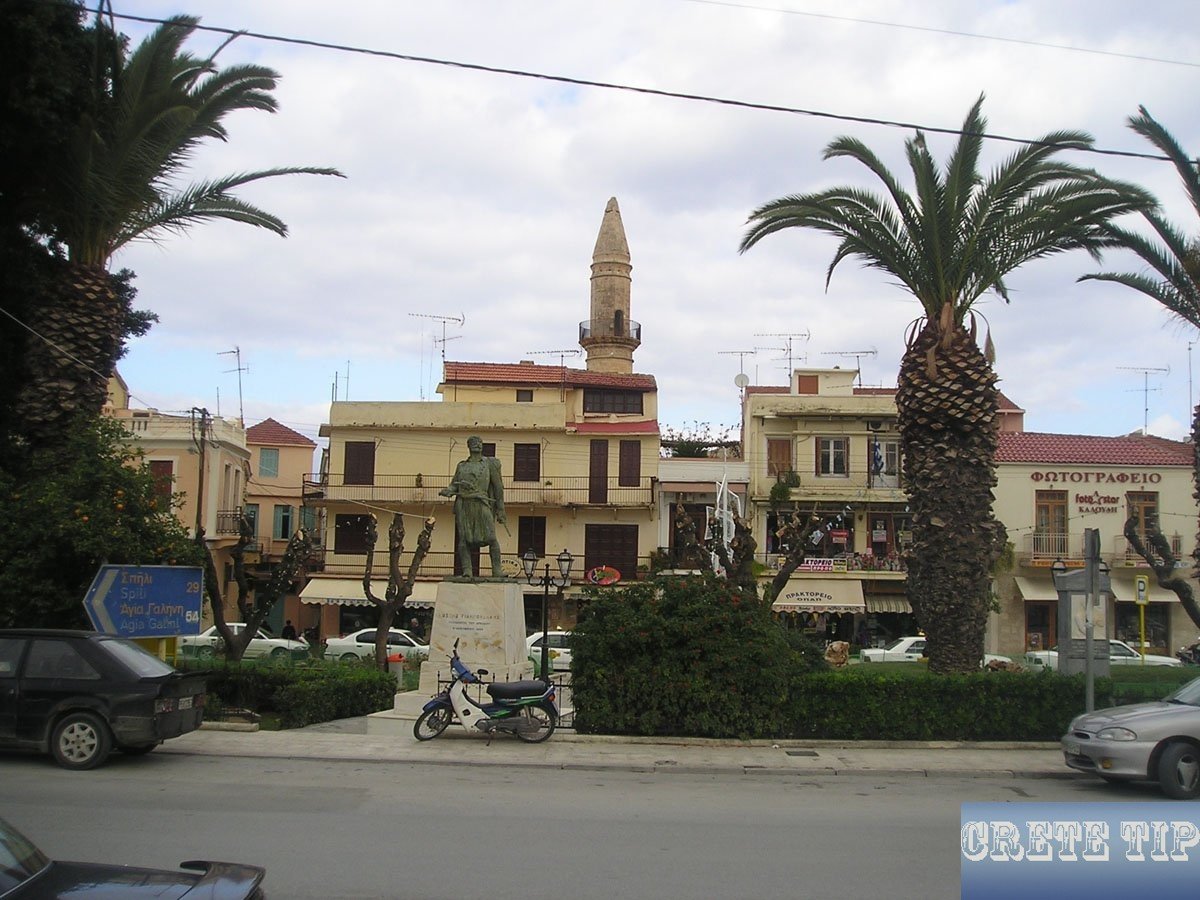
Within the subsequent Byzantine phase, there seems to be a village close to the present-day harbor. Through the Venetian times, the circumstances caused by Venetian trade with Syria, Egypt as well as Africa resulted in the tiny village to start to flourish following the beach by the end of the Thirteenth century. The actual city is the outcome of this action and also at the same time it started to be an urban center as the trading activity in the region shipped through it.

In 1450 the Venetians chose to fortify Rethymno using a wall and constructed a fortification (Fortetsa) around the slope following the harbor, following the raid of the Turkish buccaneer Barbarossa who plundered most of northern Crete. The fortification works under the supervision of M Sammicheli required Thirty years, however were unable to avoid the Turks from capturing Rethymno in 1636, following a siege of just Twenty-two days.
In 1897 the troops of the European Great Powers forced the Turks to leave Crete and in 1909 they also left in order that Crete could be joined Greece in 1913.
Sightseeing of Rethymno

The height of Fortetsa with all the remains from the old Venetian fortress overlooks Rethymno. Towards the south of Fortetsa is the new city of Rethymno together with broad roads, and modern architecture which expands to the first heights. The old town of Rethymno spreads out to the north, an outstanding location with small roads, decorated with all the remains of the Venetian and Turkish periods. Within the excursion of the old town you will note Byzantine and Venetian churches, splendid doorways with arched, vaulted or perhaps horizontal lintels, vaulted passageways, water fountains in a variety of designs, also idyllic hotels and a lot more fascinating.
The Rimondi water fountain in Patychakis Square was constructed in 1626. It has 3 basins into which water runs coming from carved skins, fluted columns with Corinthian capitals sitting on an elevated stage and holding up an entablature having an epistyle. The Guora gate or Megali Porta (“Great Gate”) is at the start of Antistaseos Street.
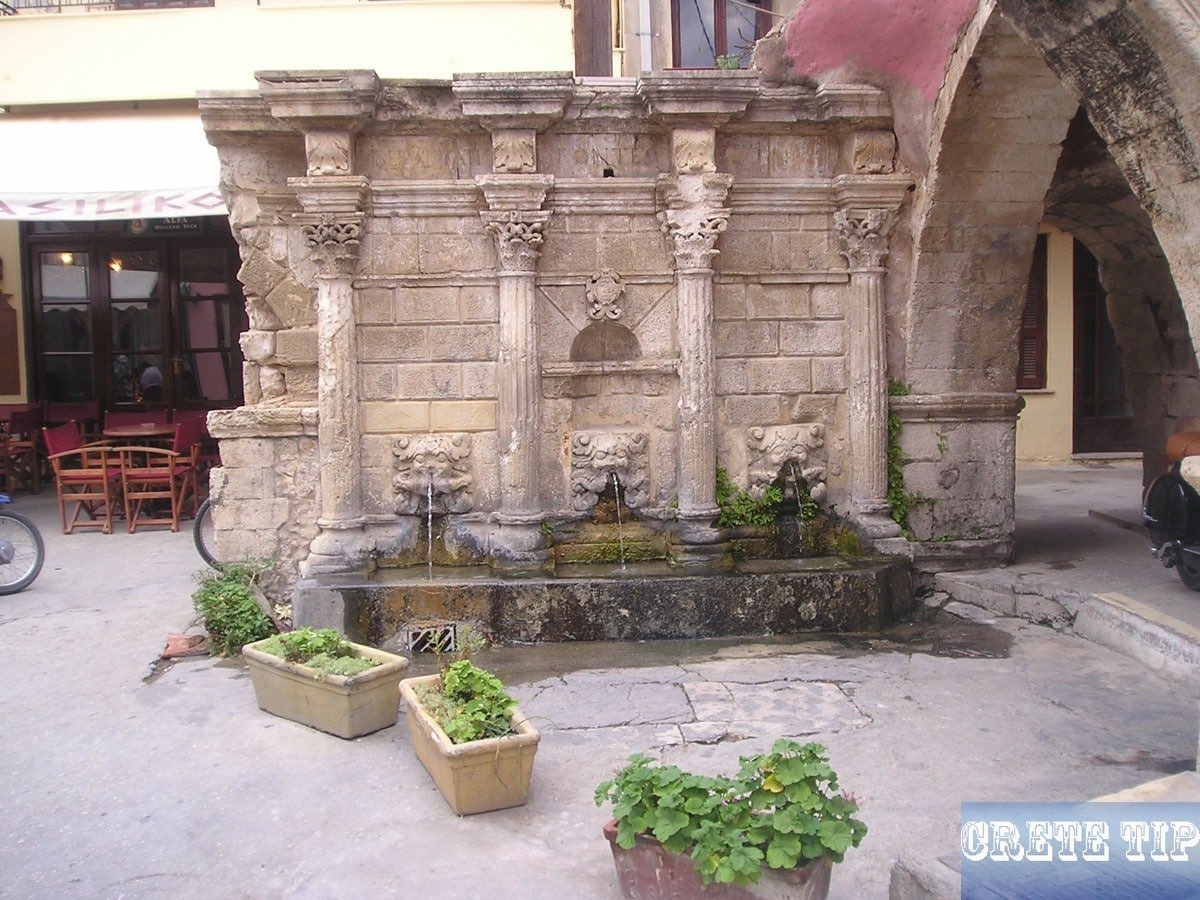
Our Lady of the Angels had been constructed within the closing times of the Venetian period and dedicated to Ayia Magdalini. Saint Francis on Antistaseos Street is among the most significant monuments in Rethymno, in the past a Franciscan monastery. The Neratzes mosque is around the classic Venetian square. At first, it had been the church of Santa Maria and an Augustinian monastery having a side-chapel committed to the Body of Christ. In 1657, it had been transformed by Hussein Pasha into a mosque following the conquest of Rethymno.
The Fortetsa fortress had been created between 1573 and 1588. It offers 4 walls, having a major gate and 2 auxiliary gates. From the complexes within the fortress, like the governor’s place, the government constructions, the episcopal megaron, a pair of churches, powder magazines and personal homes you’ll find nothing remaining, just several walls, reservoirs along with a domed mosque.
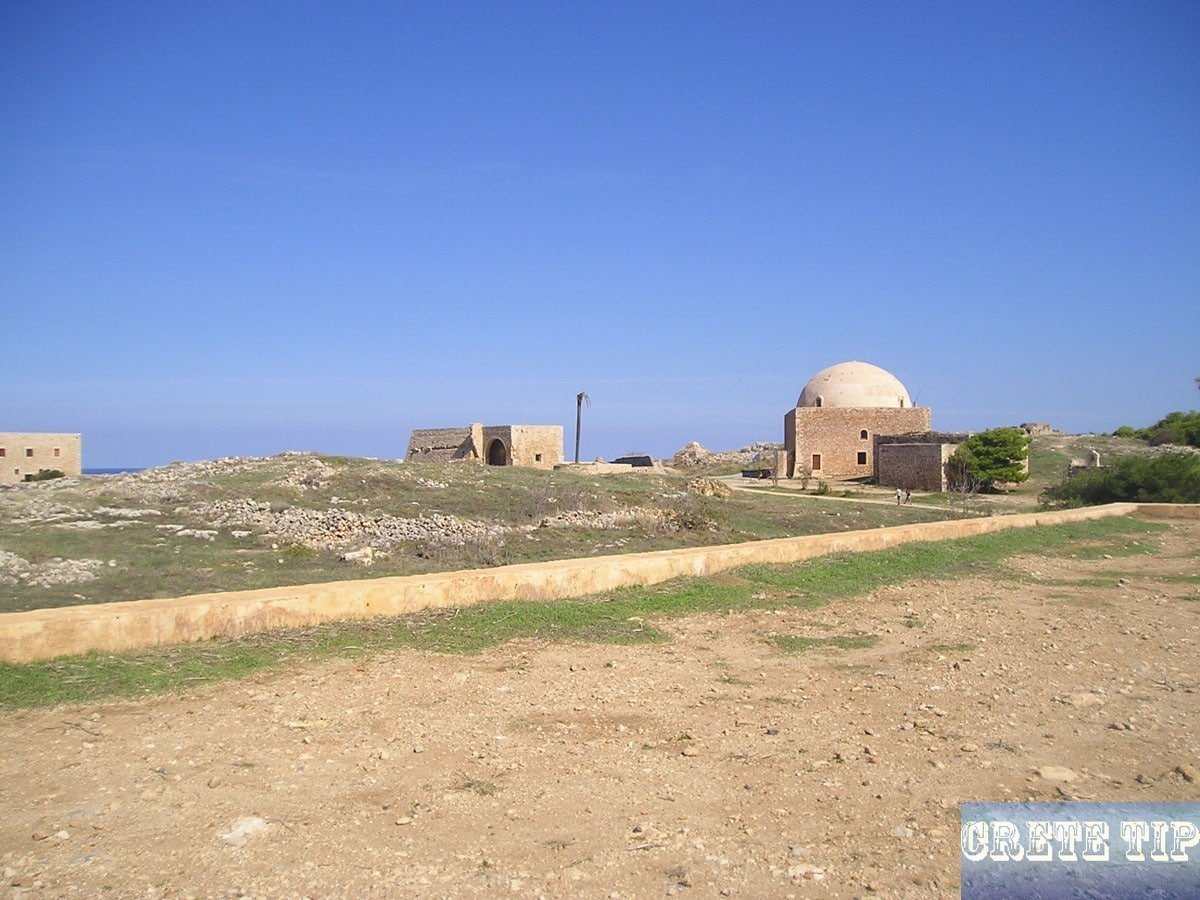
The Fortetsa is said to be the largest fortress ever built by the Venetians. It was built after a series of pirate raids by Barbarossa in 1538 and Uluch Ali in 1562 and 1571, during which the city was devastated.
Its designer was the Italian Sforza Pallavicini and the mammoth structure took a full ten years to complete and was large enough to provide protection for the entire population behind its walls.
In 1645, however, the fortress fell to the Turks within 24 hours and when the English writer Robert Pashley visited the city and fortress in 1834, many of the original Venetian cannons were still standing in their positions, completely unusable.
The old ‘Venetian harbour‘ is the most attractive part of Rethymno, although today the beautiful sixteenth-century lighthouse only watches over tavernas on the harbour quay instead of sailing ships, barges and galleys.
The nearby and impressive breakwaters, which are constantly being extended and repaired, point to the problems of this harbour. Shortly after the harbour was completed, the Venetians had to realise that the docks were silting up and these difficulties have continued to this day.
Until recently, the harbour was therefore unable to accommodate really large ships or ferries. When the first ferry was purchased by the people of Rethymno, the entire harbour had to be excavated and only constant shovelling allowed it to remain open.
This is why even today larger ships have to dock in a specially built outer harbour and the inner harbour is only for fishing boats, private boats and excursion boats.
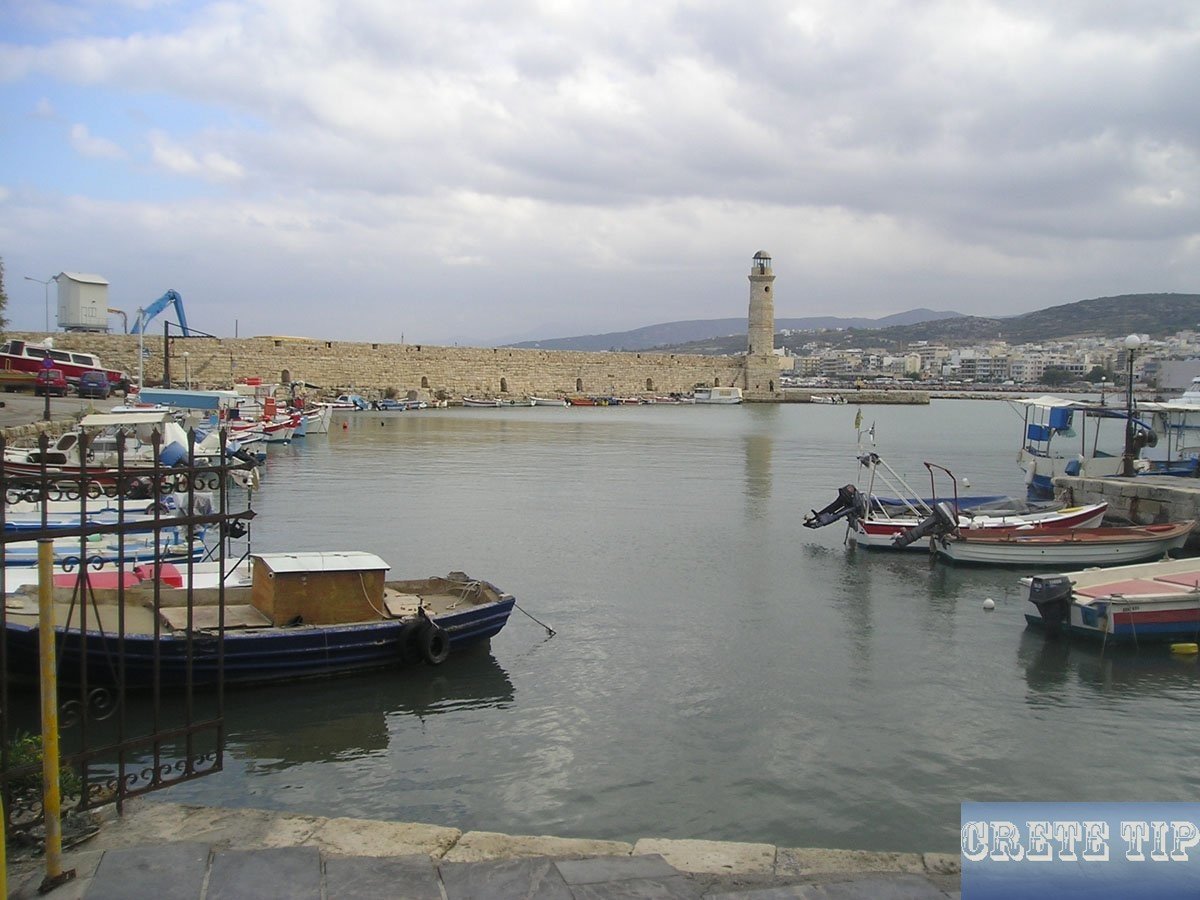
The Archeological Museum of Rethymno is located inside the Loggia and features discoveries coming from overall the prefecture, arranged chronologically beginning with the Neolithic to the Byzantine time. The Neolithic discoveries originate from the Gerani Cave and Elenes Amariou, ceramic from Prepalatial days, Minoan discoveries from different times found at the villages of Orne, Foufouras, Saktouris, Pangalochori, peak sanctuaries, Vrysinas, Atsipades, the Idaian Cave as well as Axos. Found at the region of Katsambas and also the cemetery at Armeni occur Postpalatial ceramic, 10 sarcophagi, ceramics from Classical periods, in addition to sculptures along with other discoveries from the Hellenistic and Roman times.
The Historical and Folklore Museum offers insights into the traditional Cretan way of life and exhibits textiles, tools and household items, among other things.

Beaches
Rethymno beach: A long sandy beach that stretches along the city’s coastline and offers many opportunities for swimming, sunbathing and water sports.
Preveli Beach: A little further from the city, this beautiful beach is known for its palm forest and the river that flows into the sea.
Local cuisine
These are some must-try dishes:
– Dakos: a Cretan salad of barley rusks, tomatoes, feta cheese, olives and herbs.
– Moussaka: Layers of eggplant, minced meat and béchamel sauce baked to perfection.
– Souvlaki: Skewered and grilled meat, often served with pita and tzatziki sauce.
– Kalitsounia: Pastry filled with cheese or herbs, a popular Cretan snack.
– Cretan cheese: Try local varieties such as graviera, myzithra and anthotyro.
– Raki (Tsikoudia): A local spirit made from grapes, often drunk as a welcome drink or after a meal.
Festivals and events
Renaissance Festival: Held annually in August, this festival celebrates the city’s rich cultural heritage with music, theater and art performances.
Carnival: Rethymno hosts one of the most famous carnivals in Greece, with parades, costumes and various festivities. Depending on the date of the Greek Orthodox Easter, it takes place in February or March.
Wine Festival: Takes place in July and presents local wines, music and dance.
Cretan Diet Festival: Celebrates the island’s culinary traditions with tastings, workshops and cultural events.
Other sights in the area
Arkadi Monastery: This historic monastery is located about 23 km south-east of Rethymno and is known for its role in the Cretan resistance against Ottoman rule. It is a symbol of freedom and courage and offers beautiful architecture and a moving museum.
Preveli Monastery and beach: Nestled in a lush landscape, the Preveli Monastery offers breathtaking views and an insight into monastic life. The nearby palm-fringed Preveli beach is a hidden gem with crystal clear waters.
Eleutherna Archaeological Site: Discover the ancient city of Eleutherna, where Minoan, Greek and Roman remains can be seen. The site is home to an impressive museum where artifacts from the excavations are on display.
Kourtaliotiko Gorge: A breathtaking natural wonder south of Rethymno, ideal for hiking and exploring. The gorge is home to a variety of flora and fauna and is crossed by the cascading Kourtaliotis River.
Guora Gate: The Guora Gate (also known as the Great Gate) is a remnant of the Venetian city walls and is an architectural marvel and the entrance to the old town.
Practical information

How to get there: Rethymno can be reached by bus, car or ferry. The nearest airports are in Iraklion or Chania, both about an hour’s drive away.
Accommodation: The city offers a wide range of accommodation, from luxury hotels to budget guesthouses.
Overview of available hotels in and around Rethymno at the best price!
Best time to visit: The best time to visit Rethymno is from May to October, when the weather is warm and numerous cultural events take place. July and August are the peak tourist months, so expect larger crowds.
Local markets: You can find fresh produce, Cretan cheese and local delicacies at the municipal market. There are also stores selling handmade crafts and souvenirs in the old town.
Rethymno is a delightful destination for anyone interested in history, culture and natural beauty. Whether exploring the ancient streets, relaxing on the beautiful beaches or enjoying the delicious cuisine, there is something for everyone in this enchanting Cretan town.
Unfortunately, Rethymno is annually the city with the highest poison crime figures on Crete.
Video about Rethymno
Video about the Fortetsa fortress and the old town harbor of Rehymno.
Directions to Rethymno
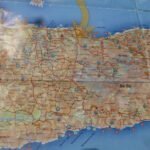
Click here: Directions Rethymno.

